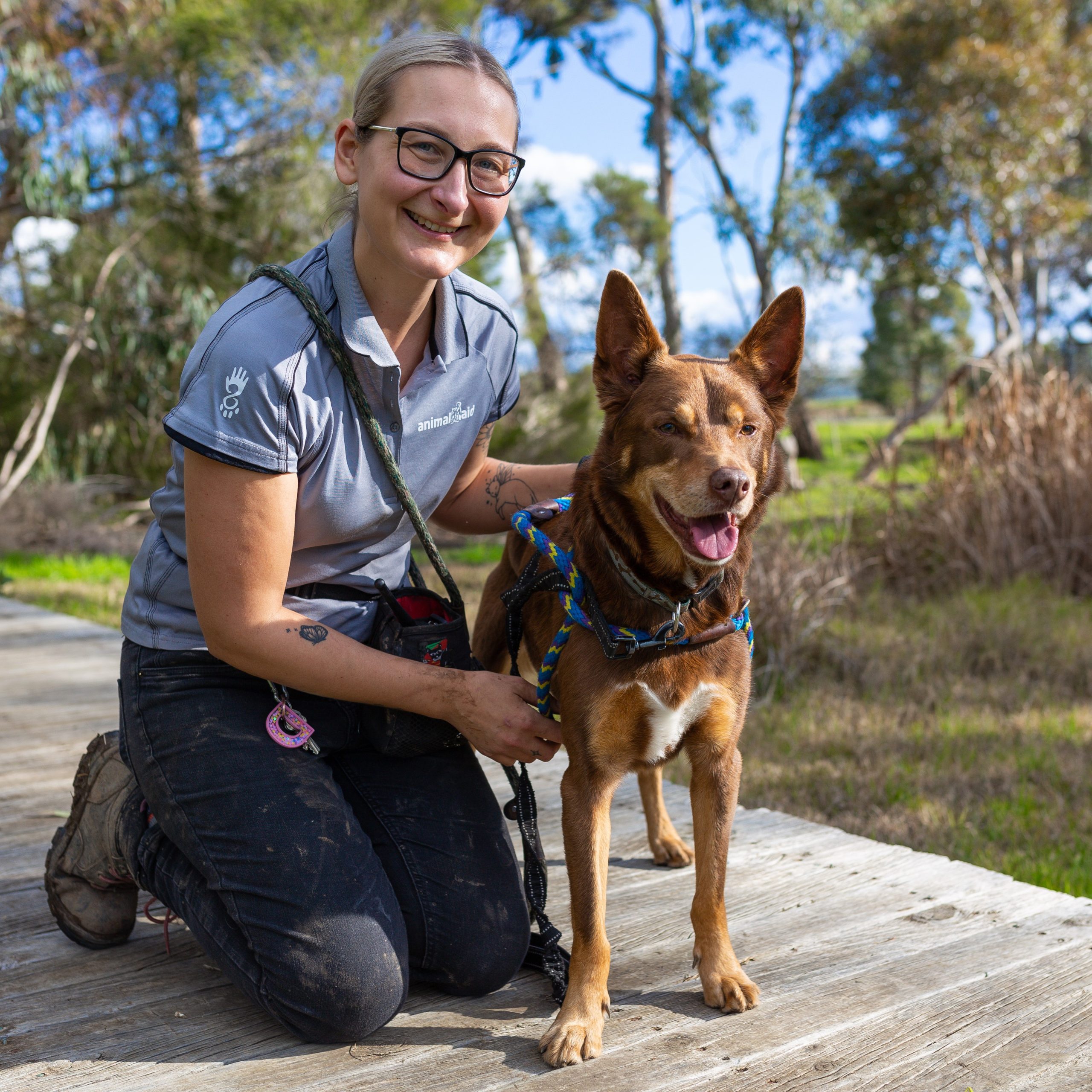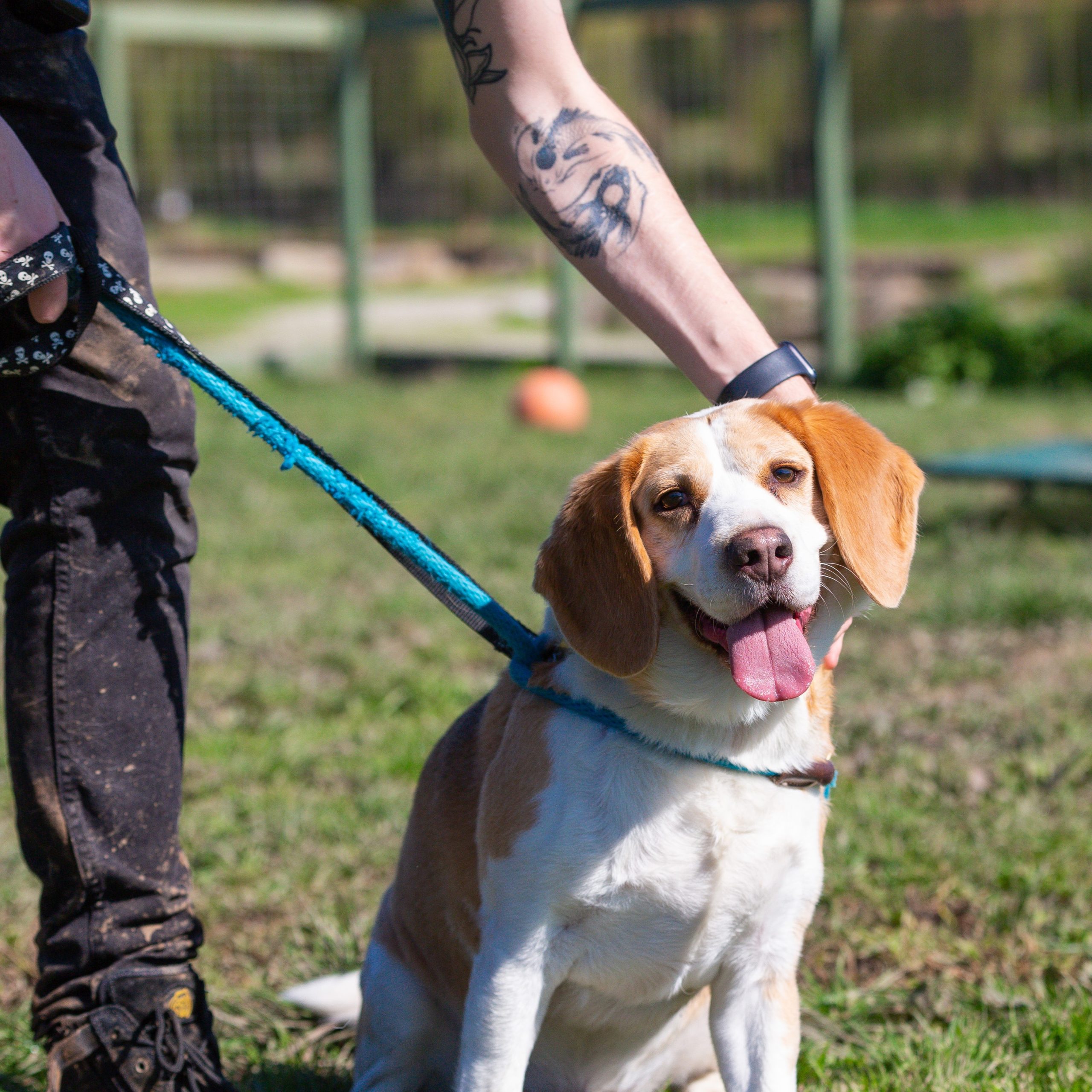
Bringing a new puppy or dog into your home is an exhilarating and joyful experience, filled with anticipation of playtimes, cuddles, and loyal companionship. However, this excitement is often accompanied by a less-discussed emotion – the “puppy blues.” In this blog post, we’ll explore the causes of puppy blues, their symptoms, and essential tips for preparing yourself to welcome a dog into your home with insights from Animal Aid’s Canine Behaviorist Georgia Ryan.
Understanding Puppy Blues
The puppy blues are a common emotional response that arises from the challenges of dog guardianship. The responsibilities of training, grooming, healthcare, and time demands can be overwhelming. Georgia Ryan emphasises that the puppy blues are an emotional response to these challenges, a common experience among dog owners, even if not openly admitted.
Symptoms of Puppy Blues
People can experience feelings of overwhelm and regret after adding a new dog to their home. The magnitude of these responsibilities can be surprising, and many individuals may not have the support or means to deal with these inherent challenges.
Coping with the Second-Guessing
Seeking support is essential to alleviate the puppy blues. Engage with a reputable, qualified, and positive reinforcement-based trainer or behaviorist to help navigate and overcome behavioural challenges. “Even if you perceive no issues, your trainer can pave the way for a successful journey for both you and your puppy,” says Georgia. This may include socialization, toilet training, and more. Additionally, consulting with your veterinarian or veterinary nurse can provide valuable support and healthcare information.
Age Doesn’t Define It
Regardless of the animal’s age, introducing a new family member is a transition that impacts both the animal and the family.
Preparation Is Key
When preparing to welcome a dog into your home, follow these key steps to ensure a smooth transition:
- Research Specific Needs: Begin by researching the exercise, training, healthcare, and grooming needs specific to the breed you are considering.
- Dog-Proof Your Home: Remove any unsafe items and secure your fences, especially with puppies.
- Set a Structured Routine: Establish a structured routine for eating, sleeping, exercising, and playtime.
- Keep Things Calm: Maintain a calm environment during the early settling period and remain patient and calm throughout the transition.
- Budget for the Costs: Factor in the financial aspects of dog guardianship to ensure you can provide the best care without financial strain.
There’s nothing wrong or embarrassing about having a negative reaction to welcoming a new dog into your life. The excitement leading up to adopting a dog can be overwhelming, and it’s natural to experience a range of emotions during this transition. Reach out for support, especially if you’re feeling overwhelmed or have encountered behavioural problems. At Animal Aid, we provide post-adoption support and training services designed to help you and your canine companion thrive together and make the journey as smooth as possible.



